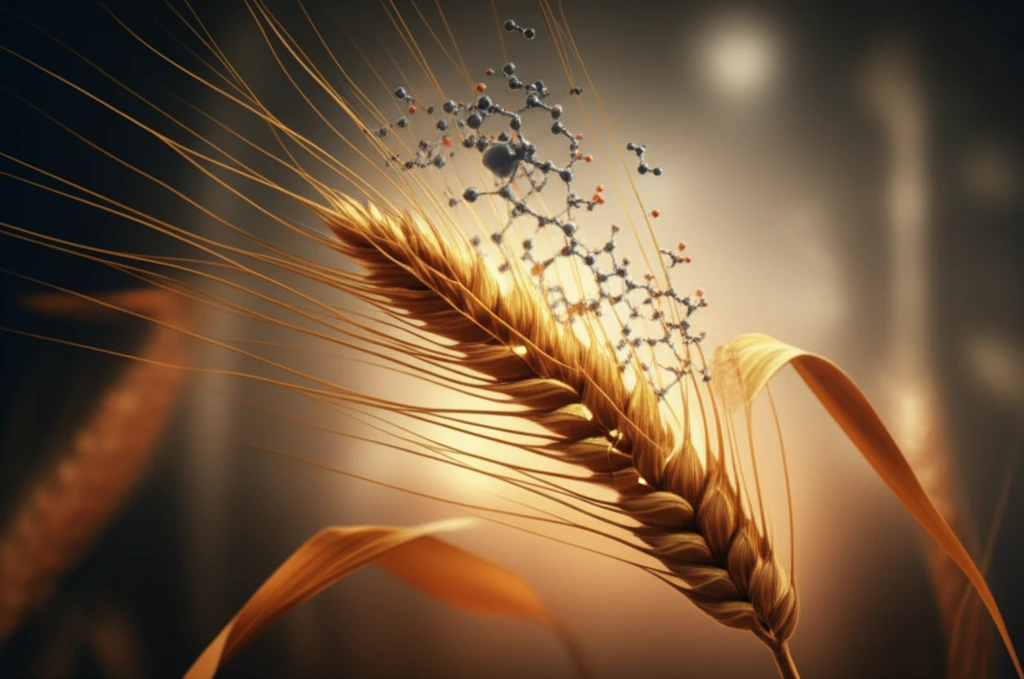
Decoding Wheat Allergies: The Role of Tri a 17
"New research unveils the three-dimensional structure of Tri a 17, a key wheat allergen, offering insights into diagnosis and potential treatments for wheat allergies."
Wheat is a global staple, but it's also a significant source of food allergies. With allergies on the rise, particularly among children, better diagnostic tools are crucial. However, identifying true wheat allergies can be tricky due to cross-reactivity with other allergens, like those found in grass pollen.
Researchers have identified Tri a 17, a wheat β-amylase, as a key allergen. Until recently, its structure and allergenic activity remained unstudied. Now, a team of scientists has successfully mapped its three-dimensional structure and analyzed its biochemical properties.
By understanding Tri a 17's structure, enzymatic activity, and IgE binding capacity, scientists hope to improve diagnostics and potentially develop targeted therapies for wheat allergies. This research sheds light on the complex nature of wheat allergies and offers a path toward more effective management.
Unlocking the Structure of Tri a 17: What It Means for Wheat Allergy Sufferers

The study successfully determined the three-dimensional structure of Tri a 17 using X-ray crystallography. The structure closely resembles that of barley β-amylase, sharing a similar (β/α)8-barrel architecture common in plant and bacterial amylases. This structural understanding is a critical step in understanding how Tri a 17 interacts with the immune system.
- IgE-Reactivity: The properly folded, active form of Tri a 17 showed higher IgE reactivity compared to misfolded forms, indicating the importance of its structure for allergenic potential.
- Anaphylaxis Link: A significant correlation was found between Tri a 17 IgE recognition and a history of wheat-induced anaphylaxis in patients. Patients reactive to Tri a 17 had a 24-fold higher risk of anaphylaxis.
- Effector Cell Degranulation: Tri a 17 was shown to trigger effector cell degranulation, a key step in allergic reactions, further confirming its role as a clinically relevant allergen.
The Future of Wheat Allergy Diagnosis and Treatment
This research marks a significant step forward in understanding wheat allergies. By elucidating the structure and function of Tri a 17, scientists have provided a foundation for developing more accurate diagnostic tools and potentially new therapies.
The discovery that Tri a 17 is associated with severe allergic reactions, including anaphylaxis, underscores its importance in clinical testing. Including Tri a 17 in diagnostic panels could help identify individuals at higher risk and allow for more proactive management of their allergies.
Further research is needed to explore the potential for targeted therapies that specifically address Tri a 17's allergenic activity. This could lead to innovative approaches for preventing or mitigating wheat allergy symptoms, ultimately improving the quality of life for those affected.
